Patterns, Colors, Shapes, Oh My!
Have you ever wondered how you can teach the importance of math through flowers and nature? Well, today is your lucky day. As we all know, math surrounds us in everyday life. What’s harder to figure out is how to connect all that math to something that is understandable to a younger child. I plan on giving you some ideas that don’t take a lot of time or effort (because who has time these days?) and give your children a different perspective on nature.
Color Book
I always found flowers in general to be fascinating because of all the wonderful colors they have. With a Color Book, you can collect flowers and organize them by color to create an awesome keepsake and collection that never really ends. You can create a Color Book in two different ways. The first option is actually going out and finding those flowers. Take some clippers with you or just snap off a flower. From here you need to hang the flower upside down until it is dry and then press it into your Color Book with some glue. This may sound a little cumbersome, especially if you don’t live anywhere where there would be flowers popping up all over the place (or maybe you just don’t want to chop up Mom’s favorite rose bush). Either way, there is another option.
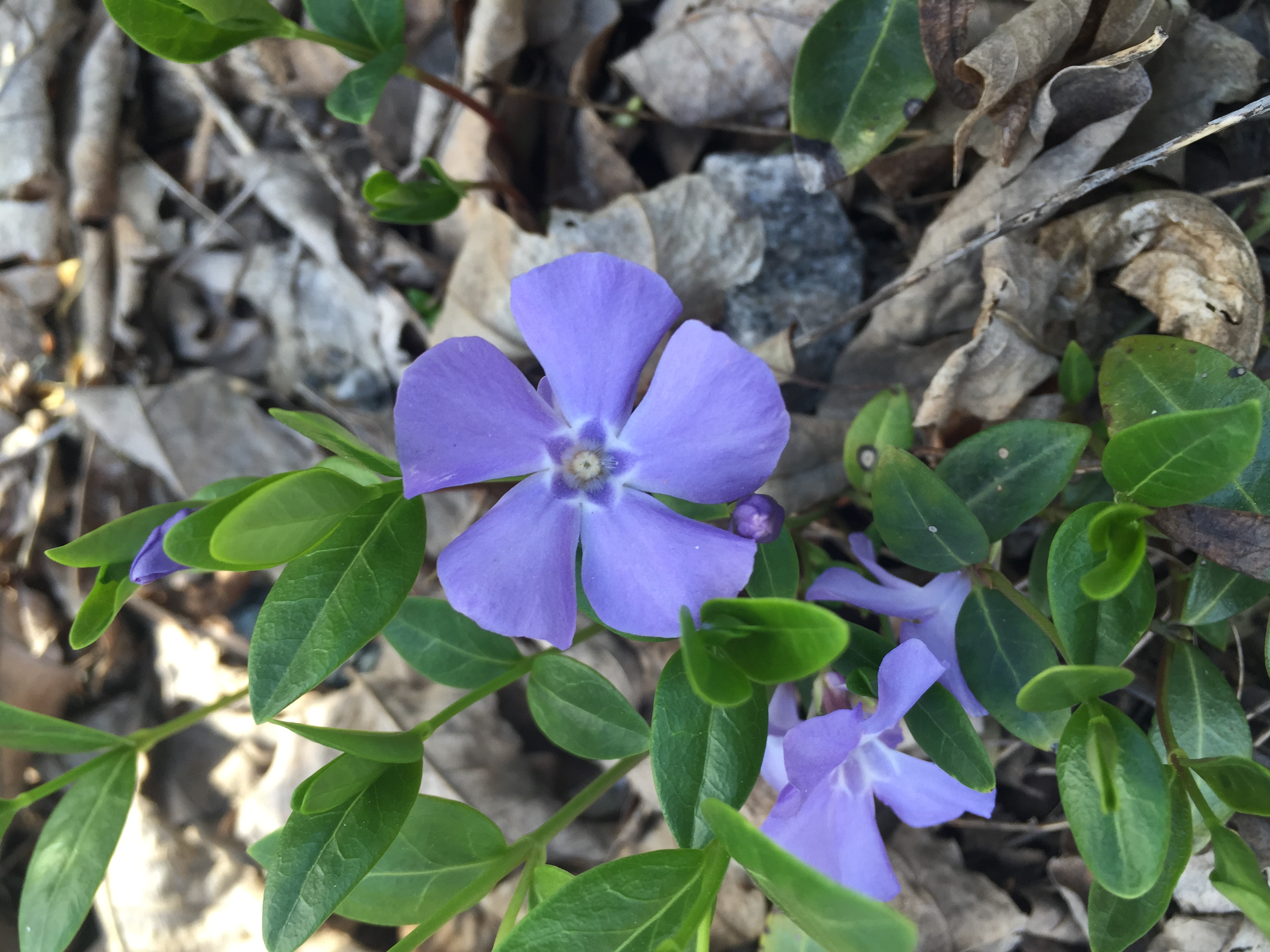
Looking for various colors helps kids boost language while also developing skills in sorting and organization.
You can have your child find flowers in books or in nature, take a picture of them and use this for your Color Book. If you really wanted to get creative you could have your child create the flowers out of construction paper for your book. There are many different variations of this activity, but no matter which one you choose you just want to leave enough pages blank together so you can group all of your colors as you go. Organizing is a key math concept once your little ones get older. This skill will become very useful when dealing with complex mathematics where the need for organizing your thoughts is a must.
Ordering
Ordering is a skill that once again can be used in many aspects of a child’s life. When referring to nature we take ordering to the next level. Many times when flowers or trees are planted, they grow at different rates. Next time you see a few trees or flowers grouped together, ask your child to order them from youngest to oldest. Once your child states an answer, ask them why they chose those plants in that order. Maybe they classified the flowers by size, stating that the smaller ones were younger. Maybe they chose the short fat tree to be the oldest. Getting your child to think through an answer brings in important reasoning skills that are needed for school everyday.
The Golden Ratio
A sunflower is the perfect example of the Golden Ratio, which refers to the Fibonacci Sequence. The Golden Ratio is what makes flowers in general look so pretty. Math is at it’s best when using irrational numbers to create beautiful patterns in nature. If you look at the center of a sunflower, each ring of seeds correlates to the Fibonacci Sequence. The pattern starts like this: 1, 2, 3, 5, 8, 13, 21, 34, etc. The pattern comes from adding the two previous numbers to arrive at the next one. 1+2 = 3, 2+3 = 5, etc. This pattern of irrational numbers creates the beautiful spirals you see in many types of flowers. If you want to get real crazy, talk to your children about this special pattern and see if they can come up with the next few numbers without giving them the pattern itself.
Finding Shapes
A fun and easy activity to do with your kids that involves math is looking for shapes in nature. You can do this in many ways. You can simply point out the shapes as you see them or you can make a list of shapes to look for before you embark on your nature walk. You can keep a tally of the shapes you find then count which shape appeared more in nature. You can even create a graph showing the results. To help develop more reasoning skills, have them compare the sizes of the shapes. Talk about which is bigger and which is longer. For older kids, you can have them find the diameter, radius and circumference of the circles as well as the angles of the triangles. These are great introductions to Geometry.
Measuring
The next time you go on a nature walk bring a ruler and a notebook. Have your kids measure different things they find such as sticks, tree stumps, flowers and stones. They can draw and record their findings in a notebook. You can also have them discuss the comparisons between the different sizes. Want to make it even more complicated? Have the kids convert the measurements from inches to centimeters and feet to meters. You can also have them calculate how long it would be if you lined all the sticks up end to end. This is a fun activity that helps boost basic math calculation skills and enhances understanding about measurement.
Weight
Grab that dusty old scale hiding in your bathroom and bring it outside. Have the kids collect objects around the yard and weigh them. They may be surprised to see that even though an object is bigger, it may not weigh more such as a long feather versus a short stick. You can also have them fill buckets with rocks, leaves, sticks or sand to see what weighs the most. Another fun activity would be to weigh your child then give them the challenge to put as many items in nature together as they can to equal their weight.
So there you have it, 6 easy math lessons you can do in your own backyard! Have fun exploring and learning!
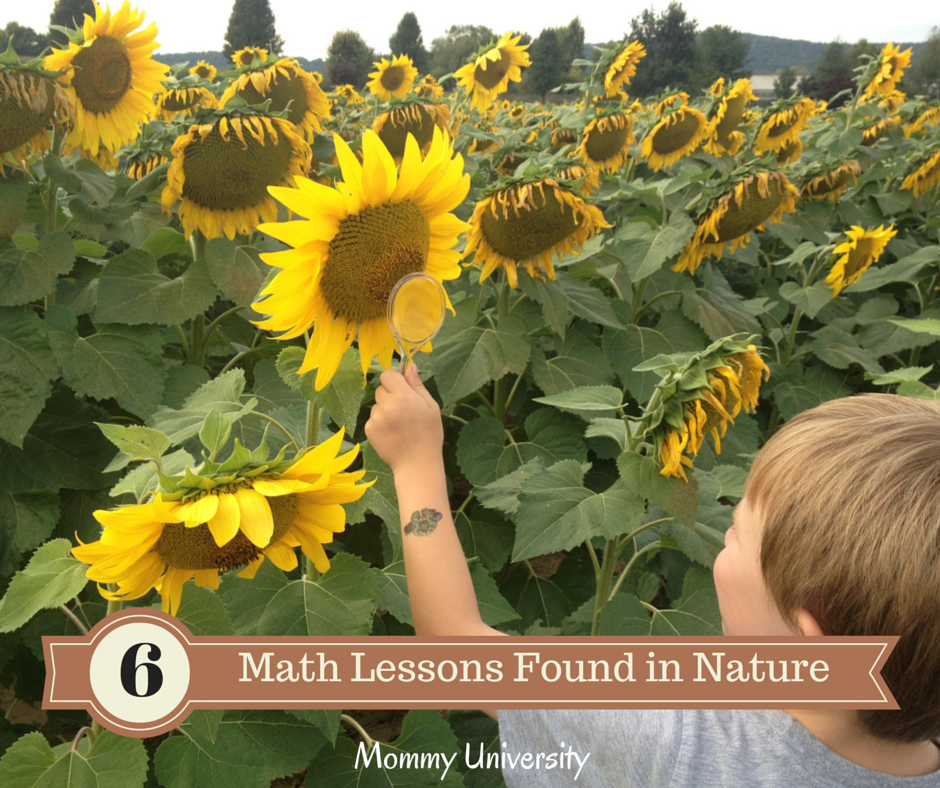
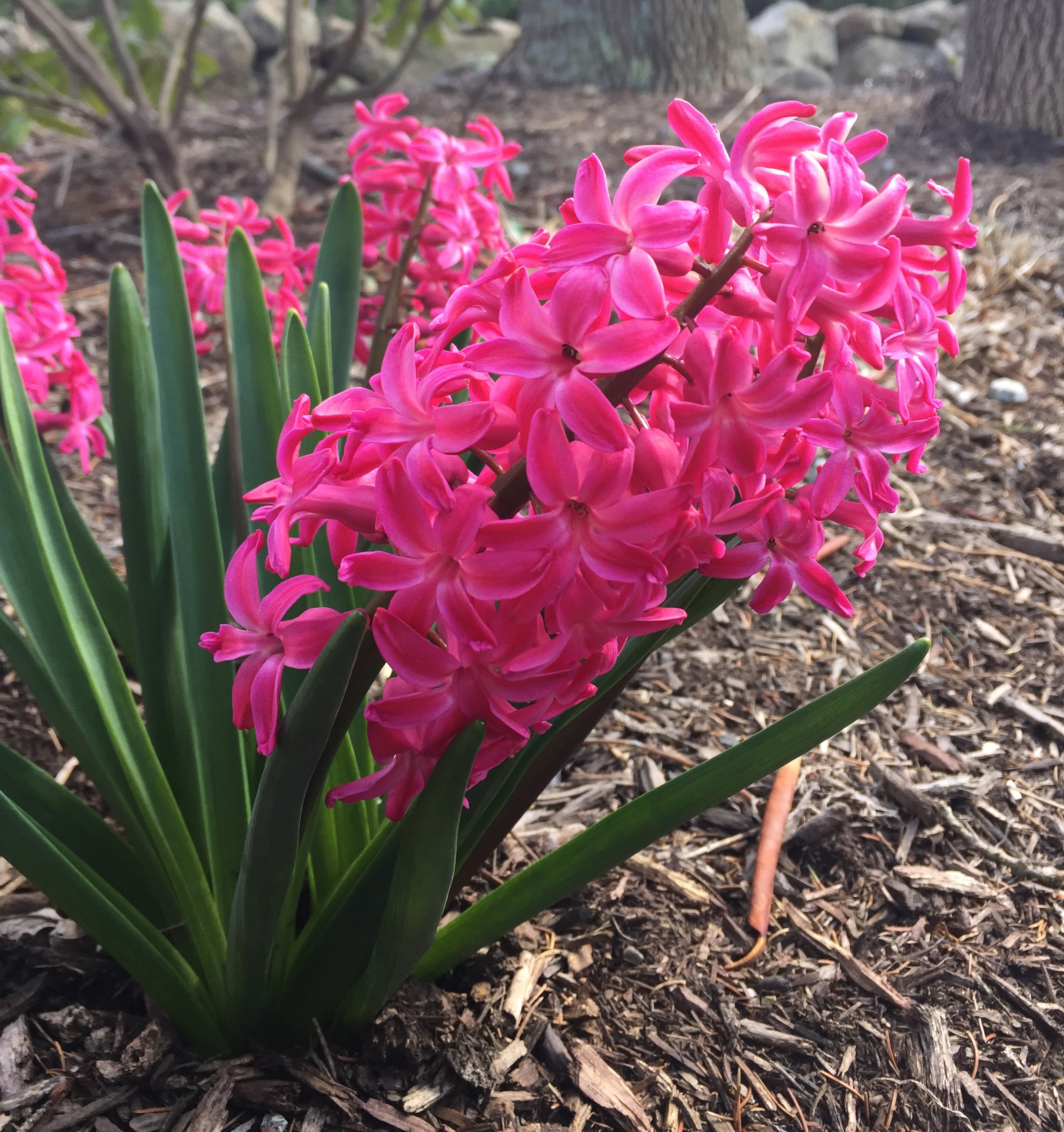
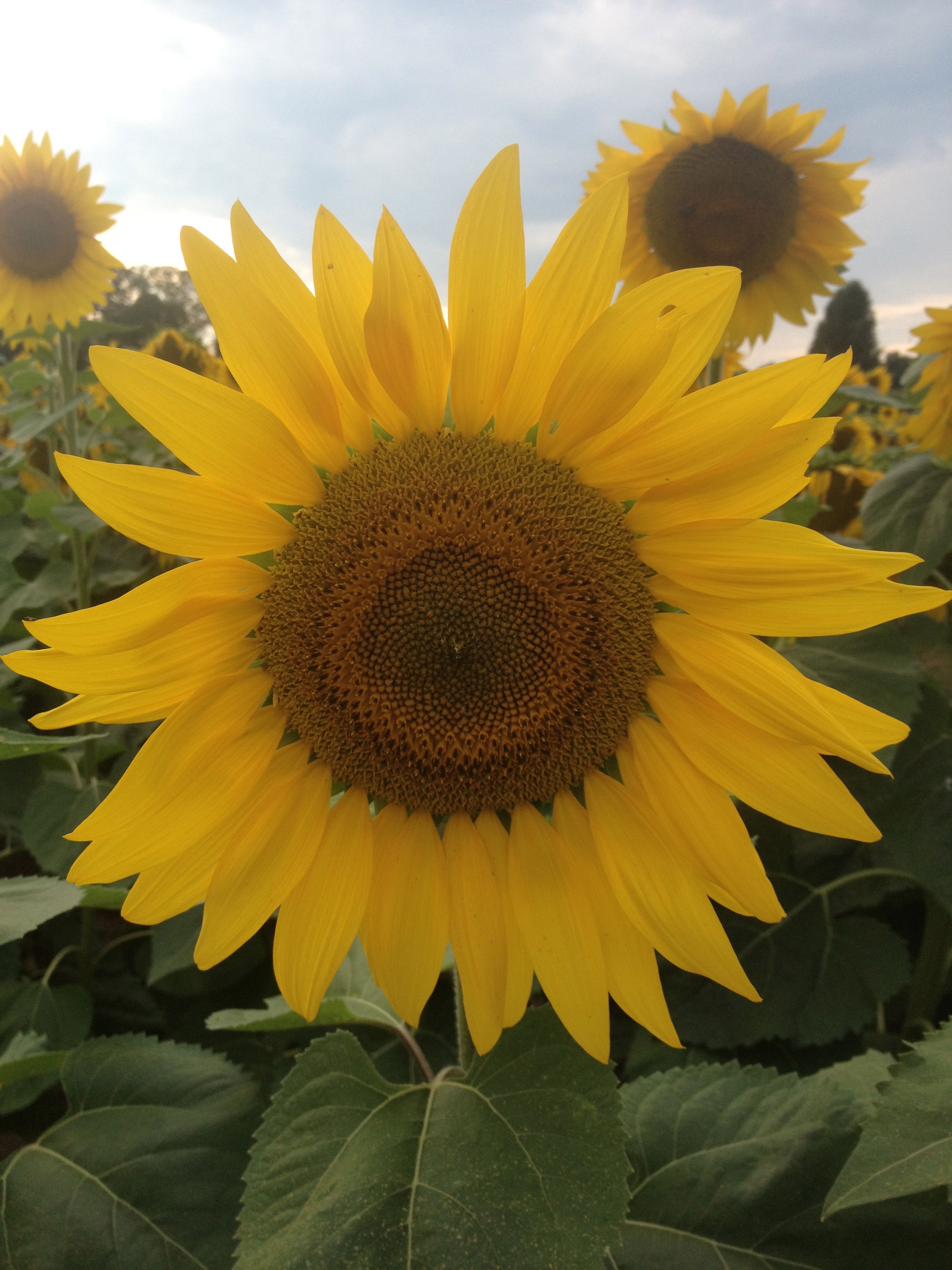

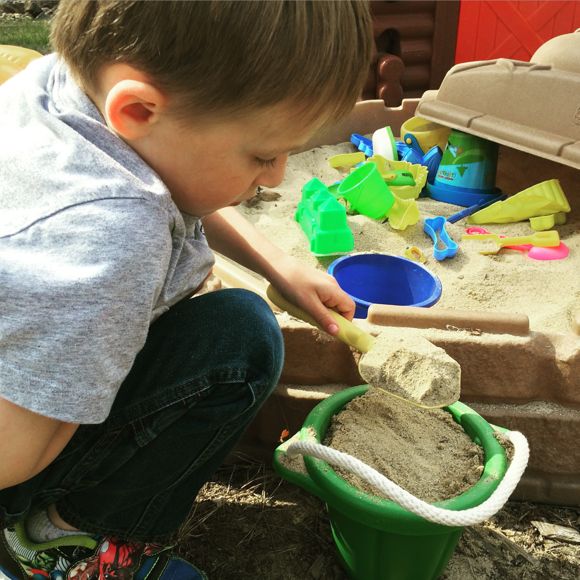
These are great tips. We live near an arboretum and love to explore there.
Great ideas! I always think of math as numbers but this is a nice sly way to get it in.
Thanks Rachee! My boys really love looking for shapes in nature. They don’t even realize they are learning when I throw in other math vocabulary terms;-)
Love this. Def sharing with my friends that have older kiddos.
Thank you Jenn!